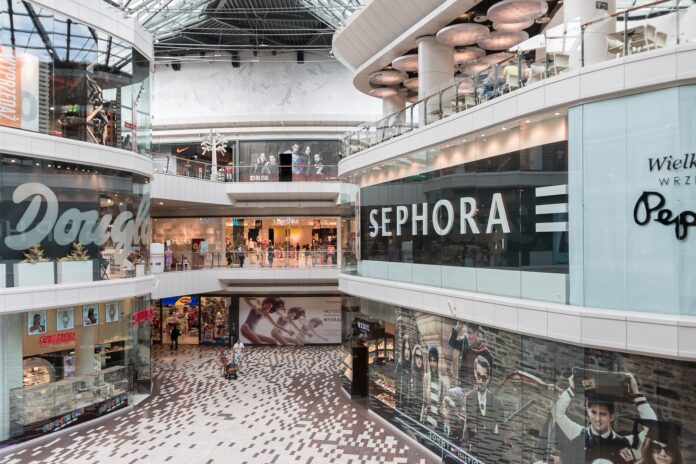Social networks and smartphones’ role
The digital revolution, caused by the massive use of social media, is defined by the TV presenter Tiberio Timperi as “the largest mass filing ever implemented before.”
A special contribution to this reversal is given by the smartphone, a real personal media for each of us, and endless flow of big data. One of the consequences is that the stores have turned into experiential centers not only for buying but also for sharing a brand.
The omnichannel approach in the retail 4.0
Here we are in the era of retail 4.0, hence a new approach increasingly adopted by companies: the omnichannel one.
The previous multi-channel system was based on “integration processes aimed at guiding the consumer along an ideal customer journey from the business point of view” (quotation from “Retail 4.0” by Philip Kotler and Giuseppe Stigliano, Mondadori, page 56).
Above all, in the era of retail 4.0., this model proved to be no longer effective in anticipating the needs of the new consumer.
The experience in the store is more fluid and immediate
Therefore, the interconnection between channels is necessary. This feature is emphasized by the decidedly more advanced model, which proposes “a seamless experience between all available channels”.
The online integrates with the offline, and the offline integrates with the online. In this way, the phase of a possible purchase is more and more fluid and immediate, but above all, personalized, according to the one to one marketing method.
Consequently, the consumer, who gets information on social networks and on the internet, is won over. They are offered not only products and services but also dedicated events within the store.
The new dimension of the stores
Another paradigm shift concerns the surfaces of single-brand and non-single-brand stores. The large shops are now almost out, as the costs associated with their maintenance are increasingly heavy (see rents in the most prestigious and central shopping streets). The store becomes smaller, and therefore offers a selection of products, while favoring the streamlining of warehouses based on the actual demand for some items.
The sales and distribution points of the future
The products can be booked online and picked up in the store, but soon, also at the subway stations, after having seen them in the virtual shop of that brand. In the coming years, the behavior of the sales force will also change in the name of both personalized approach and micro communities that are formed online, together with the ambassadors of sustainability expressed by brands.
The shop assistant’s new role
In short, digital does not completely cannibalize the physical store. In fact, new consumers are willing to spend more for excellent service in stores thanks to the staff capable of offering, with courtesy and helpfulness, a 360-degree experience in great harmony with the values of the brand. Maybe with the help of big data.








